Breaking Ground: Innovative Technologies Shaping the Future of Restoration
September 21, 2023 •Ember Davis

The restoration industry has long been known for its resilience and adaptability, but recent advancements in technology are taking it to new heights. From artificial intelligence to drones and 3D printing, these innovative technologies are redefining the way restoration contractors approach their work. In this blog, we'll embark on a journey through the cutting-edge technologies that are breaking new ground in the restoration field. These innovations promise more efficient, cost-effective, and sustainable solutions, raising the bar for the industry's future.
Artificial Intelligence (AI) and Machine Learning: Imagine a world where restoration projects could predict their own needs. With AI and machine learning algorithms, this vision is becoming a reality. These technologies analyze historical data, weather patterns, and environmental factors to forecast potential damage and restoration requirements accurately. Contractors armed with AI-powered tools can streamline damage assessment, prioritize tasks, and make informed decisions, ultimately saving time and resources.
Drone Technology: Drones have taken flight in the restoration industry, revolutionizing damage assessment, site inspections, and data collection. Equipped with high-resolution cameras and thermal imaging, drones can access hard-to-reach areas and provide real-time visual data. This not only speeds up response times but also enhances safety by reducing the need for risky manual inspections.
Augmented Reality (AR) and Virtual Reality (VR): The restoration process is all about precision, and AR and VR technologies are elevating accuracy to new heights. These immersive technologies are transforming training, enabling contractors to simulate complex restoration scenarios, visualize projects in 3D, and improve client communication. By immersing stakeholders in the restoration process, AR and VR bridge the gap between imagination and execution.
3D Printing: Restoring intricate building components used to be a laborious, costly endeavor. Enter 3D printing. This groundbreaking technology is allowing contractors to recreate complex elements on-site, reducing costs and time. Whether it's replicating ornate moldings or crafting custom fixtures, 3D printing is changing the game for restoration projects.
Internet of Things (IoT): The IoT has connected devices like never before, and it's no different in the restoration industry. Smart sensors and devices are monitoring environmental conditions, identifying potential issues, and sending real-time alerts. By proactively addressing problems, contractors can prevent damage, improve safety, and reduce restoration costs.
Big Data and Analytics: In an industry where every decision holds significance, leveraging big data and analytics provides a crucial competitive advantage. These cutting-edge technologies meticulously gather and analyze extensive datasets, providing invaluable insights that profoundly influence decision-making within the restoration sector. With the aid of platforms like Xcelerate, restoration professionals gain the ability to optimize resource allocation, anticipate maintenance requirements, and make well-informed choices, resulting in heightened project efficiency and elevated client satisfaction levels.
Blockchain Technology: Transparency, security, and trust are paramount in restoration projects. Blockchain technology is transforming data management and documentation by creating an immutable ledger of all transactions and changes. This ensures the integrity of project records and reduces disputes, enhancing transparency in the restoration process.
Sustainable Technologies: Sustainability is no longer a buzzword; it's a necessity. Green materials, energy-efficient solutions, and sustainable practices are gaining momentum in the restoration industry. These eco-friendly innovations not only benefit the environment but also reduce costs and improve the overall quality of restoration projects.
Digital Collaboration Platforms: Effective project communication and collaboration are paramount. Cloud-based tools like Xcelerate's job management platform connect teams, enabling streamlined project management and remote work. These platforms enhance communication and coordination, vital for restoration contractors' success.
Cybersecurity Measures: The digital age has ushered in a new era of connectivity and convenience, but it also brings cybersecurity challenges. Protecting sensitive restoration data from cyber threats is paramount. The industry is evolving to safeguard information, ensuring that client and project data remain secure throughout the restoration process.
Conclusion:
The restoration industry is on the brink of a technological renaissance, and those who embrace these innovations are poised for success. By harnessing the power of artificial intelligence, drones, 3D printing, and more, restoration professionals can deliver faster, more efficient, and cost-effective solutions to their clients. As we journey into this era of restoration innovation, we find that the sky is not the limit—it's just the beginning. Stay tuned as we explore each of these technologies in-depth, revealing their transformative potential in the world of restoration.

